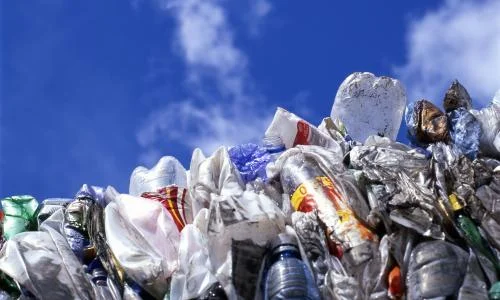A new government data published on Monday, the last day of 2024, has shown that 95% of non-recycled waste in Essex is sent to landfill, as ministers launched their plans for a circular economy.
Among other things, the data revealed that seven local authorities in England reported sending more than 40% of their residual waste to landfill in 2022 to 2023, with Essex county council at the top of the list.
Next came Cambridgeshire county council, (87% of waste sent to landfill), Southend borough council (74%), Darlington borough council (61%), Lancashire county council (59%), Leicester city council (57%) and Newcastle upon Tyne city council (56%).
At present, non-recyclable waste is either incinerated for energy or sent to landfill. But as the population grows, the way packaging is used and made needs to change in order to reduce the amount of waste sent to landfill. This includes making it more recyclable and using less of it.
Read also: Former EU environment chief warns against going back on climate crisis
Ministers have announced a suite of plans to encourage a circular economy, including simpler recycling in England, so that less waste is sent to landfill or incinerated.
Other plans include a deposit returns scheme for plastic bottles, and charging manufacturers for producing too much waste using a “polluter pays” principle. This would incentivise producers to sell products in recycled and recyclable packaging.
In July, government targets were set which would require local authorities to send, on average, no more than 10% of municipal waste to landfill by 2035.
On Monday, as part of the circular economy strategy, a plan was announced to crack down on new incinerators and incentivise recycling instead. Almost half of all waste (49%) collected by local authorities in 2022-23 was incinerated, with just 40% recycled.
But the plans come against a backdrop of falling recycling rates, according to the latest data. In 2021, the household recycling rate was 44.1%, falling to 43.4% in 2022.
The new strategy will make it harder to get planning permission for incinerators. In order to build them, developers will have to demonstrate that their projects help lower the amount of non-recyclable waste sent to landfill or enable the replacement of older, less efficient plants.
Developers will also need to ensure new projects are built carbon-capture ready, once the requirements come into force, and show how they will make use of the heat they produce, which could be used to decarbonise other sectors. Incineration facilities provide about 3% of the UK’s energy generation.
Story was adapted from the Guardian.
